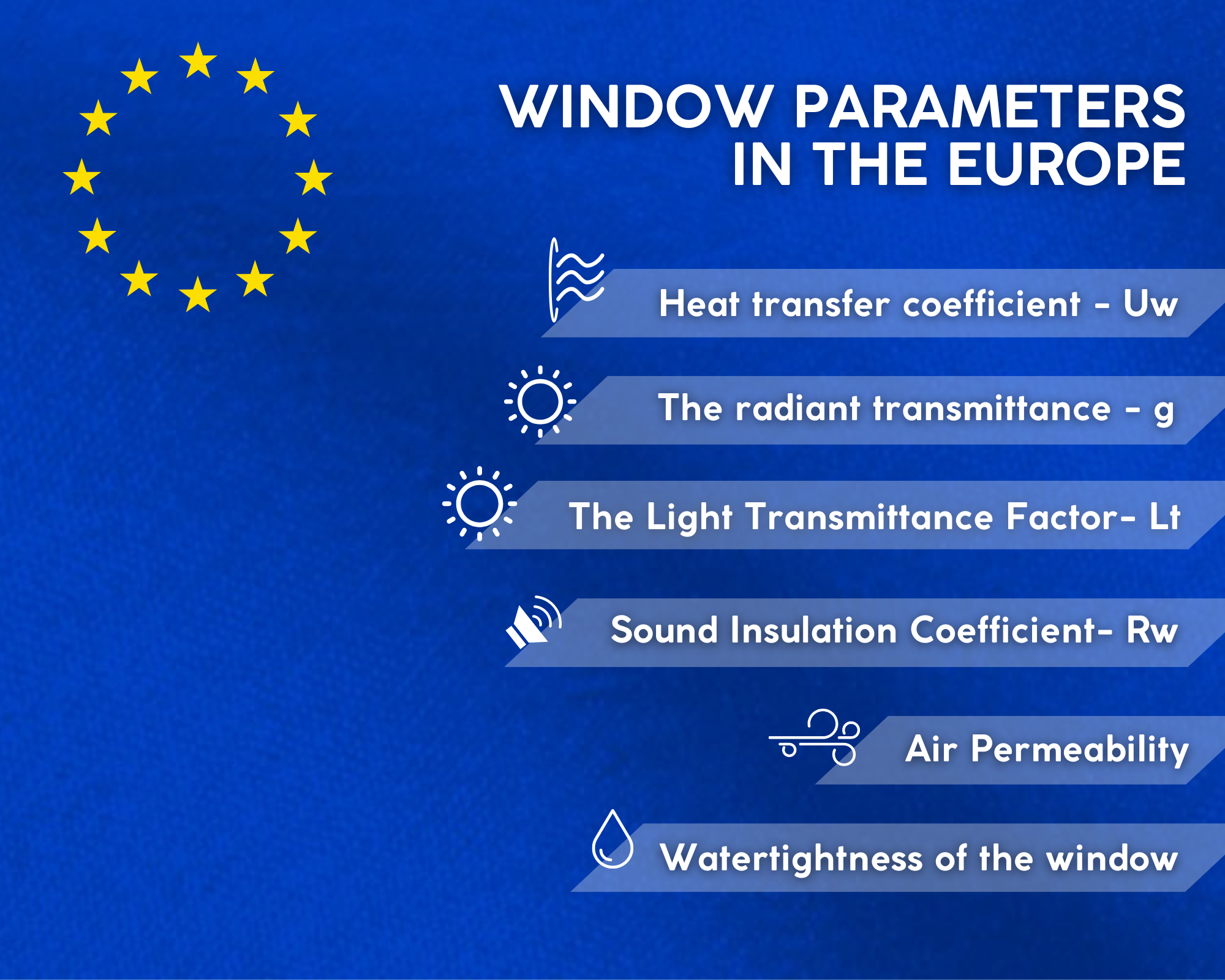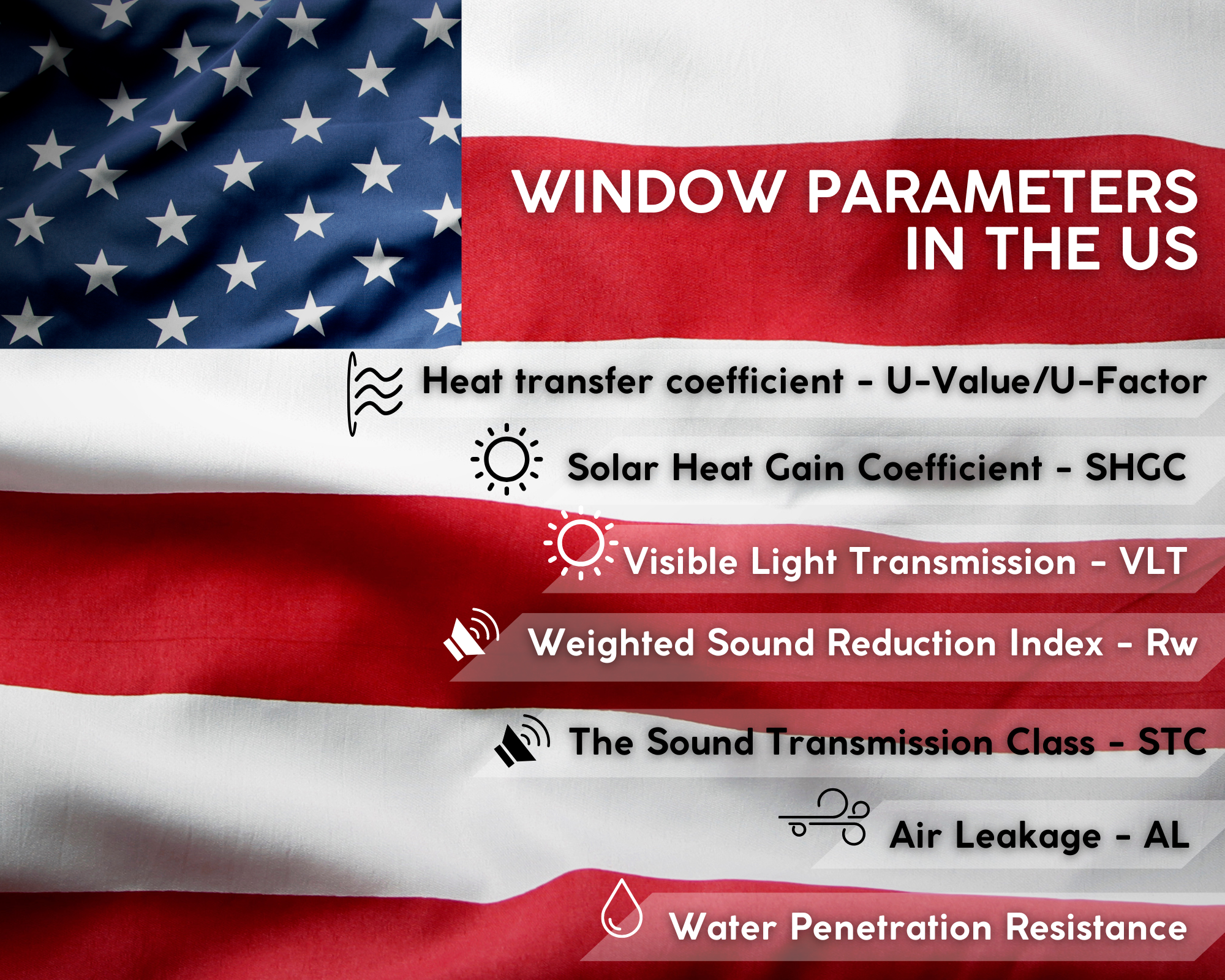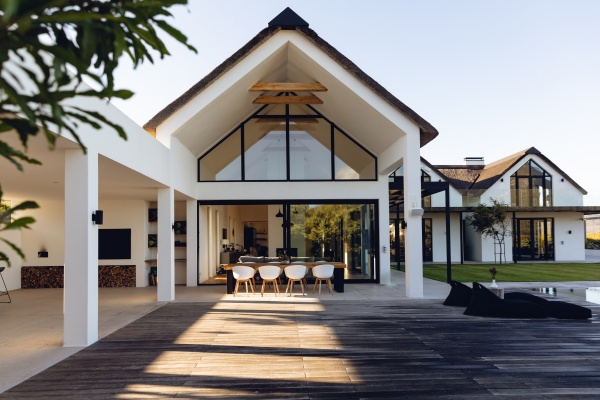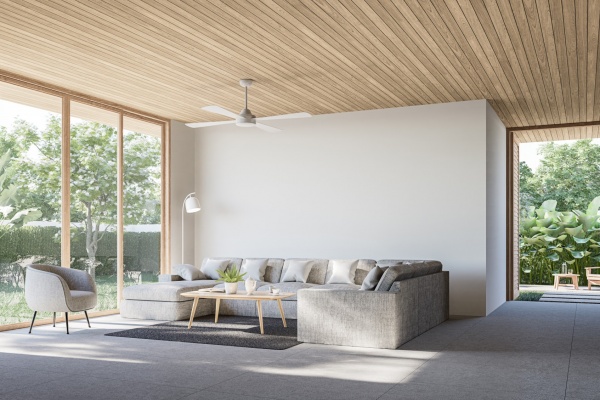Window parameters inform a potential customer about a particular window's quality, performance and safety. They should therefore be transparent and make it easy to read the technical specifications of a given window profile, regardless of which country the windows will be purchased in or exported to.
However, window parameters in the European and U.S. markets may differ somewhat, so below are the basic parameters of European windows and their counterparts in the United States.
Do window parameters in the US and Europe differ?
The production of windows and doors, both in Europe and the United States, is subject to norms and standards aimed at ensuring high quality, performance and safety. These stringent standards are defined by a number of coefficients, parameters and specifications.
Some parameters, at first glance almost identical, are different in Europe and the United States, or are calculated differently. The first reason why this is the case is the use of different units of measurement - the US uses imperial units, while Europe uses the metric system.
The second reason is the different bodies that determine the classification of window and door parameters. In Europe, this is the International Organization for Standardization and European Norms. In the US, on the other hand, standards are set by the NFRC (National Fenestration Rating Council) and NAFS (North American Fenestration Standard).
These institutions ensure that windows and doors are rated for energy efficiency, tested for heat transfer or sunlight transmission.
Basic window parameters in Europe and the United States
Heat transfer coefficient
The lower the value of the heat transfer coefficient, the better the window insulates that heat.
In Europe, this value is referred to by the symbol Uw, which tells how much heat (energy) is able to pass through 1 m² of flat surface/ partition (wall, roof, window, door) when the temperature difference on both sides of it is 1 Kelvin. Uw is expressed in watts per square meter per 1 Kelvin (W/m²⋅K).
The American equivalent of Uw is U-Value/U-Factor (these terms are used interchangeably). It is defined in Btu/(h⋅ft²⋅°F) - British Heat Units per hour per square foot per degree Fahrenheit.

Windows parameters in the Europe
Parameters related to solar radiation
In Europe, there are two window coefficients related to light and solar energy. The first is the radiant transmittance (g), also called the Solar Factor, which determines how much solar energy enters a room through the glass and will heat it.
The second is the Light Transmittance Factor (Lt), which tells how much light enters through the glass. The higher it is, the brighter the room will be. Currently, European windows, should have this coefficient at 70-75%. It is also possible to choose a profile with a specially tinted glass, which lets less light through and reduces interior overheating. It is worth paying attention to this, especially when choosing multi-chamber windows with insulated glass packages.
In the United States, on the other hand, SHGC - Solar Heat Gain Coefficient - and VLT - Visible Light Transmission - are mandatory.
Solar Heat Gain Coefficient allows you to determine the total transmittance of solar energy through a window. This coefficient presents the fraction of solar radiation that can be transmitted through or absorbed by the window. This shows the performance of the window in terms of the amount of heat and sunlight that enters a given room.
Visible Light Transmission is a coefficient that determines the amount of visible light coming through a window. The higher the number or percentage, the greater the amount of light that passes through the window into the interior.
Rw - sound insulation coefficient
The sound insulation coefficient in Europe and the Weighted Sound Reduction Index in America are expressed in decibels. The higher the value of the Rw coefficient, the better the window insulates from outside noise, and therefore quiets the apartment or house.
Normally, modern windows have a sound insulation of about 30 dB. If windows need to isolate noise very well, an Rw of more than 35 dB is advisable.
The Sound Transmission Class (STC) factor can also be found on the US market. It indicates how well the window dampens airborne sounds.
Watertightness of the window
The watertightness parameter determines at what wind load during rainfall water penetration into the window structure will occur. In Europe, the PN EN 14351-1:2006 standard establishes as many as 10 classes of watertightness of windows.
For low-rise buildings, windows of class 4A will be sufficient. High-rise buildings should be equipped with windows with a watertightness class of at least 5A. In mountainous and coastal regions, where sudden gusts of wind can be expected, windows with class 5A or 6A are used.
In the U.S., the parameter that expresses the watertightness of a window is the Water Penetration Resistance coefficient and determines the highest allowable pressure caused by water that a window can withstand.

Windows parameters in the US
Air permeability
The air permeability parameter indicates the flow of air through a closed window structure. In Europe, it is divided into classes 1 - 4, where 4 means the most airtight construction. Manufacturers most often offer windows with classes 3 - 4.
In the United States, the equivalent of the air permeability parameter is Air Leakage (AL), which is measured on a scale of 0.1 to 0.3, where 0.1 is the best airtightness.
Summary
Both European and U.S. windows have their own parameters and classifications that indicate their quality, safety and functionality. Typically, European coefficients have their counterparts in the US. Window joinery manufacturers must comply with these standards in order for their products to be sold in both the European and US markets.
Windows adapted for mounting in the US
At Aikon Distribution, you can order windows and doors that will meet standards and have coefficients specific to the US market. We have a range of options and solutions.
Interested? Get in touch with our salesman.





